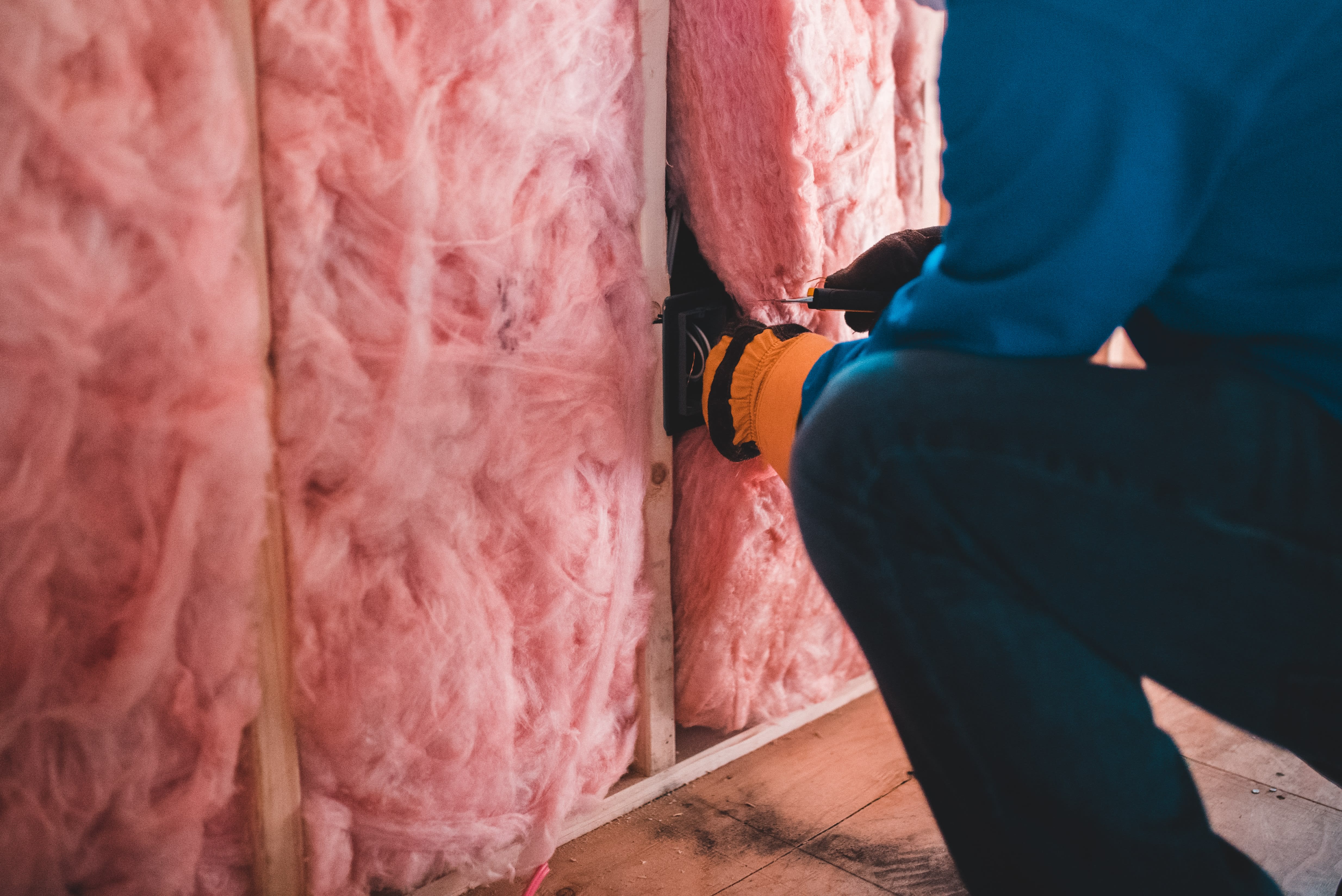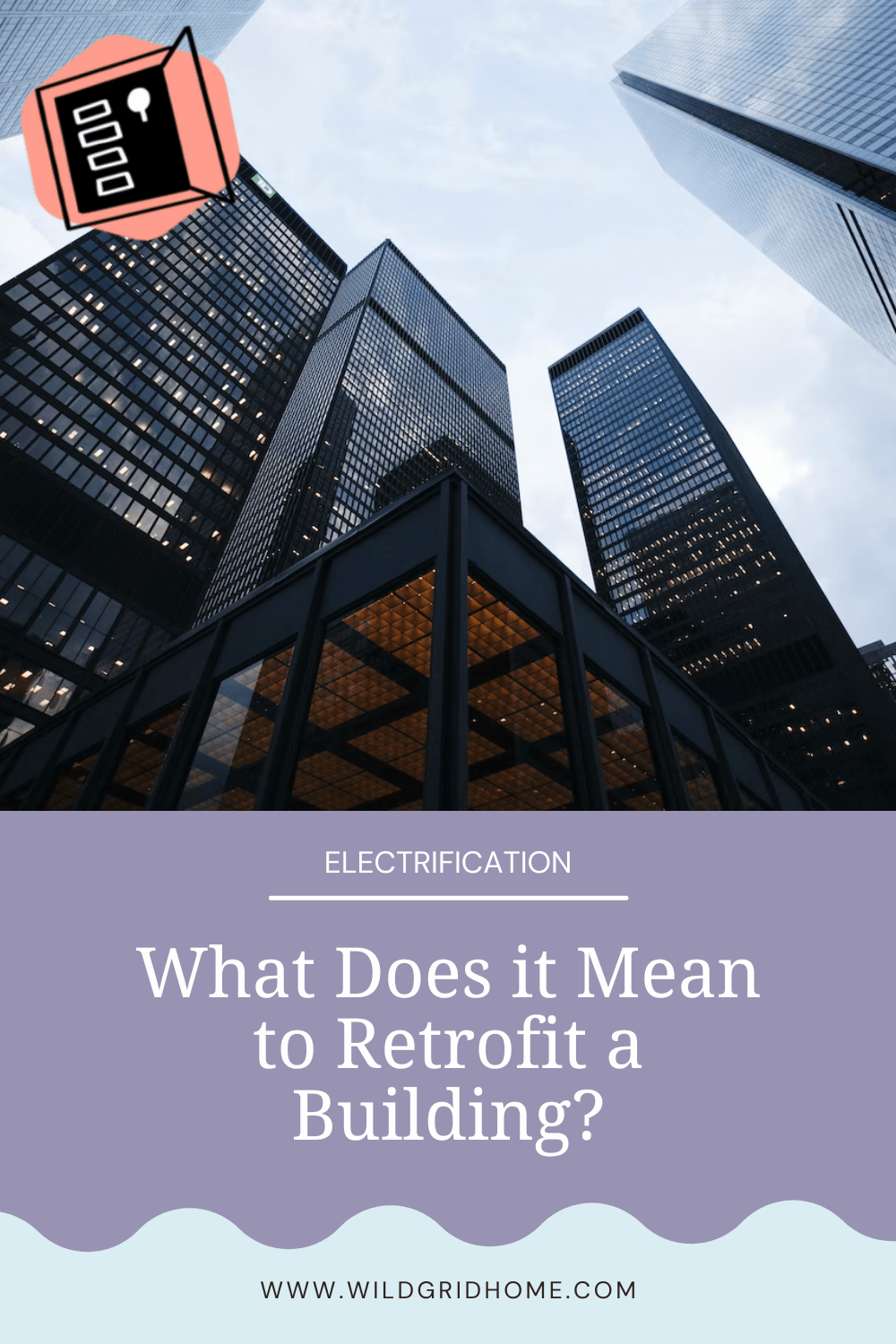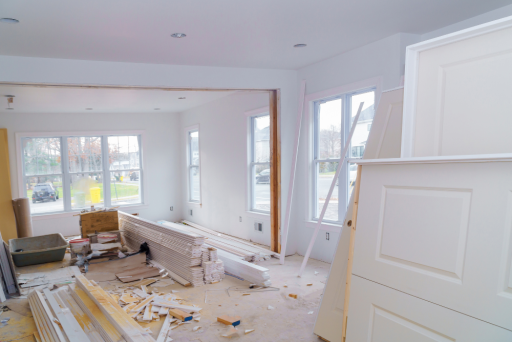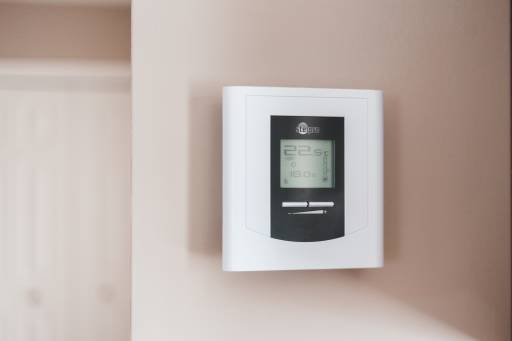What does it mean to retrofit a building?

Welcome to the world of ✨ building retrofitting ✨, where the old becomes new and the outdated gets upgraded! It's like giving your house a facelift or a much needed spa day.
It’s not just slapping on a fresh coat of paint or switching out some lightbulbs; it’s about changing systems and structures! 🦺
So, grab your hard hat and safety goggles, because we’re entering the exciting world of building retrofitting.
What does it mean to retrofit a building?
Now, you may be thinking…”how can building retrofit be exciting?”
Well, when you consider that 30% of the US global emissions come from commercial and residential buildings, the opportunity to change this is an exciting one.
These emissions include the direct use of fossil fuels for heating, cooling, and cooking PLUS energy consumption! So, upgrading or changing the existing systems and structures can really help improve energy efficiency and decrease energy demand.
In some cases, buildings have been able to reduce their energy consumption by more than 40%! (Surprising, I know)
When it comes to building retrofits, there are a few different ways…
- There’s seismic retrofitting which strengthens a building and increases its resistance against earthquakes. 💪
- With a little love and tenderness, there’s insulation retrofitting. Which helps moderate temperature and reduces heat loss. 🌡️
- Finally, there’s smart energy retrofit, which uses energy efficient systems and automation to help buildings consume less energy. 🤓
These are options that can be taken into consideration when retrofitting a building, although, there are costs associated with beginning a project of this scale.

The cost of retrofitting a building
When considering retrofitting, it's important to keep in mind that there are costs associated with this type of project. However, the benefits of retrofitting, such as increased energy efficiency, improved indoor air quality, and reduced maintenance costs, can outweigh these initial expenses.
It's important to weigh the costs and benefits to determine if retrofitting is the right choice for you.
Let's say you want to upgrade your insulation👇
This can be a significant upfront cost, but you'll notice that your home is warmer in the winter and cooler in the summer. Additionally, you'll see a reduction in your energy bill compared to what you normally pay. 🏡
While the upfront costs of retrofitting can be intimidating, the benefits can be worth it, whether you're upgrading a home or a commercial building.

What are the benefits of retrofitting a building?
So now that you know about some of the costs, let me tell you about the some of the benefits that can make retrofitting a building worthwhile!
💰 Save money! Reducing your energy consumption can result in lower utility bills. Cha-ching!
📈 Increase your property value. A retrofitted building can be more attractive to potential buyers or renters.
🫁 Your lungs will thank you! New ventilation systems or air filtration systems can help improve indoor air quality.
🍵 Create a comfy cozy space. Installing new insulation, windows, or heating and cooling systems, will result in a cozier and more comfortable environment.
🔉 Significantly reduce noise pollution. Tired of hearing cars drive by? Insulation and new windows help with the temperature and with the sound.
🛠️ Spend less time and money paying for maintenance. We’ve all been there…maybe your AC or heating stops working. So, you’re scrambling through Yelp (or yellow pages 👀) to find someone to come fix it. However, if you install more efficient and durable building components, you’ll reduce the need for frequent maintenance and repair.
📄 Be up to date with local laws and regulations. Building codes this, building regulations that. I know it can be a lot but bringing older buildings up to current regulations, ensures compliance with local laws and regulations!
🪴 Think about the positive environmental impact! Retrofitting can reduce greenhouse gas emissions and other harmful pollutants, contributing to a cleaner and more sustainable environment.
So, if you’re thinking about retrofitting your home — let us help by reaching out with any questions you might have.



